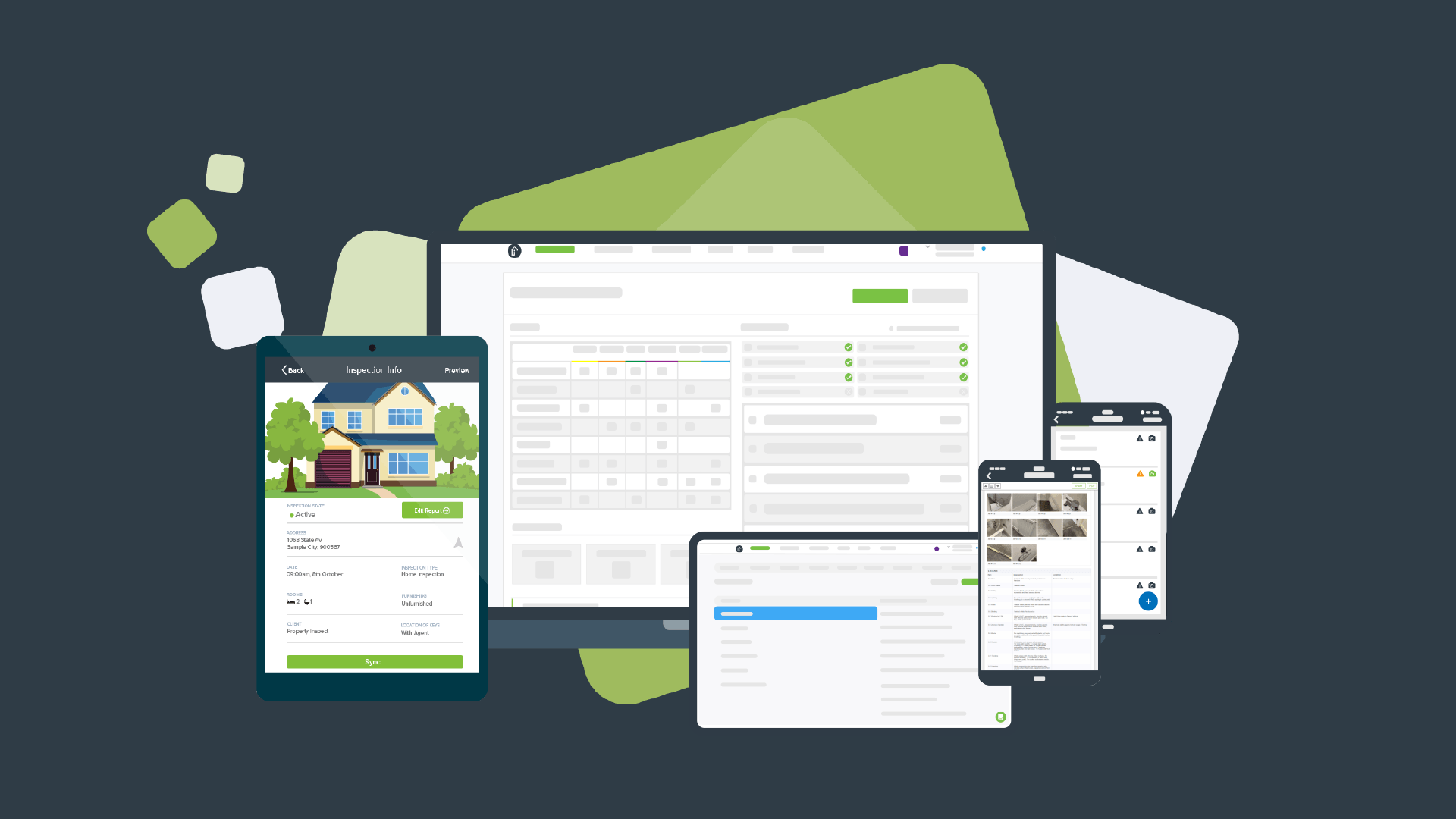
Define Your Requirements
Before selecting an Android tablet for home inspection software, clearly outline your needs. This helps narrow down options and focus on essential features.
Inspection Tasks
Identify the primary tasks for the tablet:
- Visual Inspection: Capturing photos and videos of properties.
- Documentation: Recording notes and property details.
- Measurement: Using tools to measure rooms, doors, and other features.
- Reporting: Generating detailed inspection reports.
User Experience
Consider the user experience required:
- Ease of Use: Should the interface be intuitive for non-technical staff?
- Customization: Can the software be tailored to fit specific workflows and branding?
Integration
Think about integration with other tools and systems:
- Cloud Storage: Does the software integrate with Google Drive or Dropbox?
- CRM Systems: Can it sync with your Customer Relationship Management system?
- Other Tools: Does it integrate with other inspection tools or software already in use?
Hardware Considerations
The hardware of your Android tablet is crucial for smooth operation, especially in field conditions.
Display Quality
A high-quality display is essential for clear visual inspection:
- Resolution: Look for tablets with high-resolution displays (at least Full HD).
- Brightness: Ensure the screen is bright enough for various lighting conditions.
- Touchscreen Accuracy: A responsive touchscreen is vital for smooth navigation.
Durability
Home inspectors often work in harsh environments, so durability is key:
- Rugged Design: Opt for tablets with rugged designs that can withstand drops and rough handling.
- Water Resistance: Consider tablets with IP67 or higher ratings for water resistance.
- Battery Life: A long-lasting battery ensures inspections can be completed without interruptions.
Performance
Performance is critical for handling demanding tasks like video recording and data processing:
- Processor Speed: Choose tablets with fast processors (at least quad-core).
- RAM: Ensure the tablet has sufficient RAM (at least 4GB) to handle multiple applications simultaneously.
- Storage Capacity: Consider tablets with expandable storage options to accommodate large files.
Software Features
The home inspection software itself is equally important as the hardware.
Core Features
Look for software that includes essential features such as:
- Photo and Video Capture: High-quality cameras with zoom capabilities.
- Note-Taking Tools: Easy-to-use note-taking apps with templates.
- Measurement Tools: Built-in measurement tools like laser distance meters.
- Reporting Templates: Pre-designed templates for generating detailed reports.
Customization Options
Customization is vital to tailor the software to specific needs:
- Customizable Forms: Ability to create custom forms tailored to the inspection process.
- Branding Options: Integration with company branding (logos, colors, etc.).
- Field Data Collection: Options for collecting specific field data relevant to inspections.
Data Management
Effective data management is crucial for organizing and accessing inspection data efficiently:
- Cloud Syncing: Automatic syncing with cloud storage services for easy access and backup.
- Data Export Options: Ability to export data in various formats (PDF, CSV, etc.).
- Version Control: Version control features to track changes and updates.
Integration with Other Tools
Integration with other tools and systems can streamline your workflow significantly.
CRM Systems
Integration with CRM systems helps in managing client relationships more effectively:
- Syncing Contacts: Automatic syncing of contacts from CRM systems.
- Task Assignments: Assigning tasks directly from the CRM system.
Other Inspection Tools
Integration with other inspection tools can enhance the overall inspection experience:
- Laser Distance Meters: Integration with laser distance meters for accurate measurements.
- Thermal Imaging Cameras: Compatibility with thermal imaging cameras for detecting hidden issues.
User Reviews and Support
User reviews and support are essential for ensuring you're getting a reliable product.
User Reviews
Read user reviews to understand real-world experiences:
- Pros and Cons: Look for both positive and negative reviews to get a balanced view.
- Feedback: Pay attention to feedback regarding performance, usability, and customer support.
Customer Support
Good customer support is crucial for resolving any issues promptly:
- Technical Support: Availability of technical support via phone, email, or chat.
- Documentation: Comprehensive documentation including user manuals and guides.
Budget Considerations
Budget is a significant factor in choosing the right Android tablet for home inspection software.
Cost of Hardware
The cost of the hardware itself should be considered:
- Entry-Level Options: Entry-level options that balance price with performance.
- Mid-Range Options: Mid-range options offering better performance and features.
- High-End Options: High-end options with advanced features but higher price tags.
Cost of Software
The cost of the software should also be factored into your decision:
- Subscription Models: Subscription models offering monthly or annual fees.
- One-Time Payments: One-time payment options for perpetual licenses.
- Free Trials: Availability of free trials to test the software before committing.
Choosing the best Android tablet for home inspection software involves a thorough evaluation of both hardware and software requirements. By defining your needs, considering hardware durability and performance, evaluating software features, integrating with other tools, reading user reviews, and managing budget constraints, you can select a tool that optimizes your inspections and enhances your overall efficiency. Test different options with free trials whenever possible to ensure an informed decision that aligns with your specific requirements.
